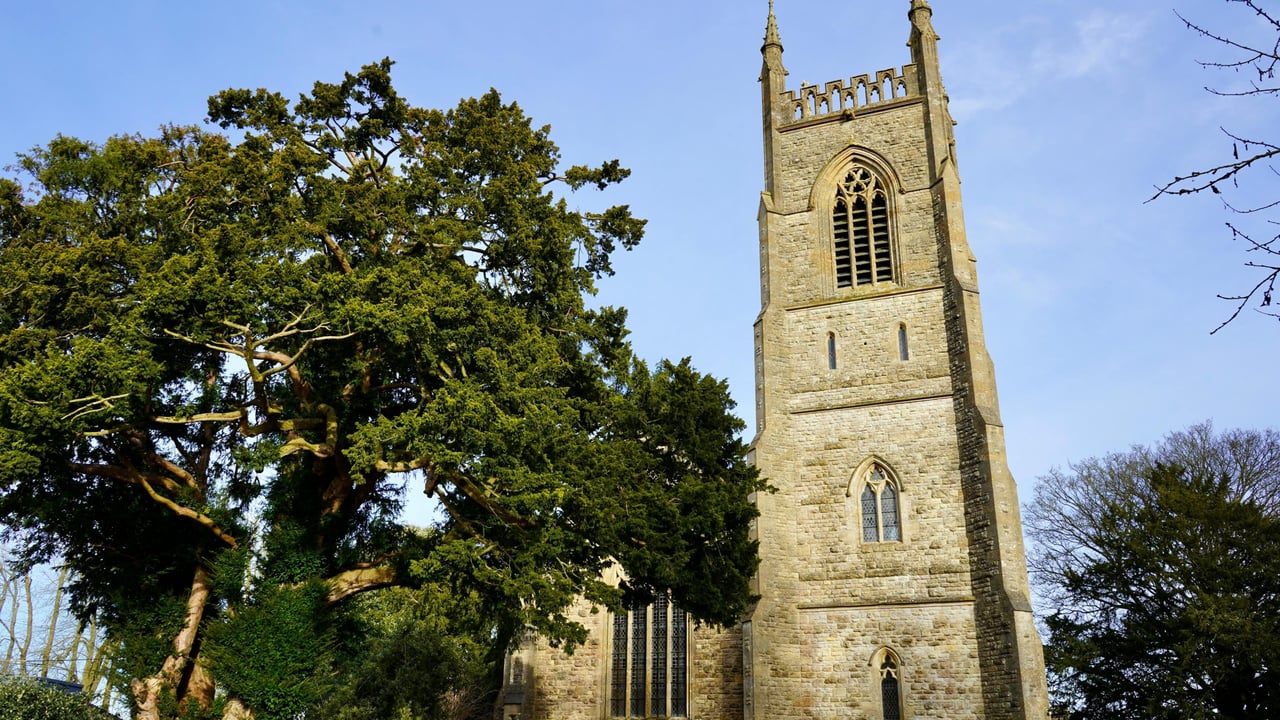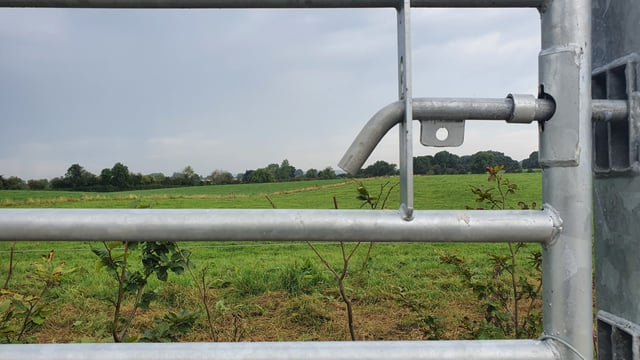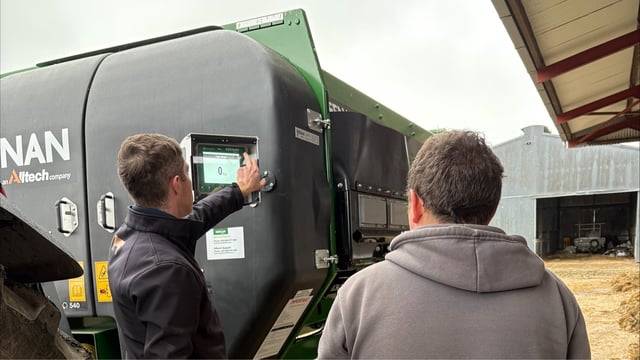DAFM warns of livestock poisoning from yew trees
The Department of Agriculture, Food and the Marine has issued a warning to farmers over the potential of livestock poisoning caused by yew trees.
The department issued the warning through its animal health surveillance service, saying that, in recent years, yew is becoming very popular for use in gardens, both to provide clipped screens and also boundary hedges.
This is due to their dense evergreen foliage, their ability to thrive in many soil types, and tolerance to harsh weather conditions.
Many varieties of yew tree are today readily available in garden centres.
Due to the rise in popularity of yew, there is an increased chance of livestock coming in contact with this plant, either by directly eating it from a hedge or through ingestion of discarded clippings.
Yew is not readily palatable to livestock; however, the tender new growth can be enticing and discarded clippings can be consumed easily.
All parts of the yew tree are extremely toxic to cattle and other livestock, as well as humans, with the exception of the red, fleshy part of the berry (the pip/core of the berry is also toxic).
It is generally the foliage that is most commonly ingested in the cattle poisoning cases that have been investigated by the regional veterinary laboratories (RVLs).
The toxin within yew is called taxine, an alkaloid substance that affects the heart and often results in death of the animal which consumes it.
Death from a single mouthful of yew clippings can occur in as little as a few minutes. Death can occur so quick that differential diagnosis can include anthrax poisoning, blackleg, and even lightning strikes.
Diagnosis is obtained by postmortem finding of evidence of yew leaves or twigs in the rumen.
There is no treatment for yew poisoning, so avoidance is the only option.
Farmers are reminded that yew is not the only plant found in gardens that is toxic to livestock, and that it is vital to ensure that perimeter fencing between grazing lands and neighbouring gardens is secure, and animals cannot reach the hedges across it.
Education of the rural community around not discarding garden waste, including hedge clippings, into ditches or areas that animals may have access to is also important, the department said.
Farmers who suspect yew poisoning in their animals should, if appropriate, move them to a safe area and immediately contact a private veterinary practitioner.





